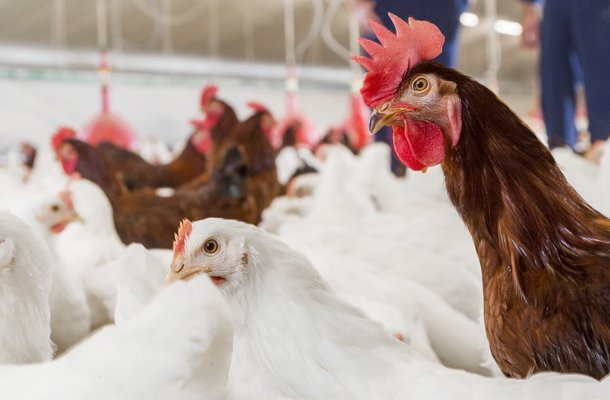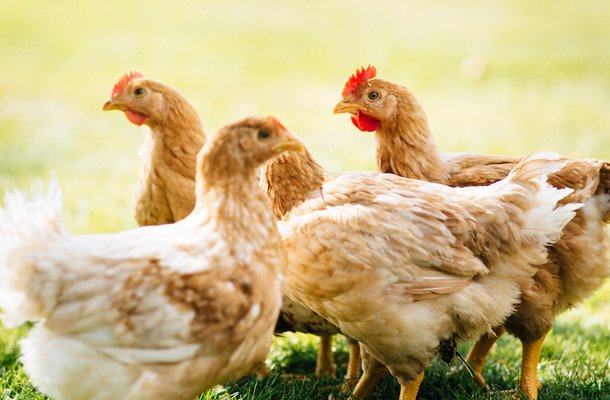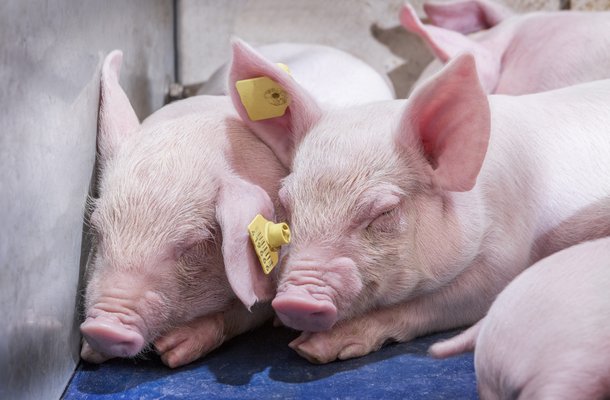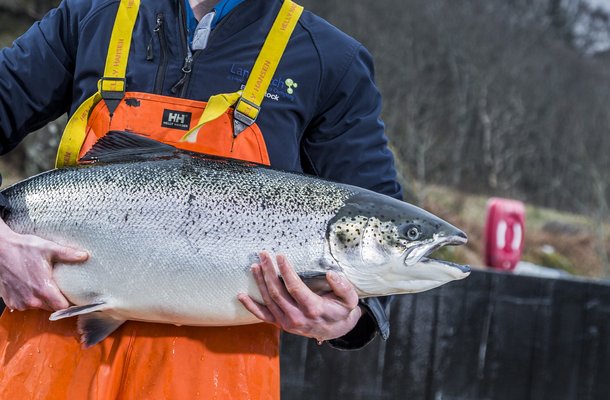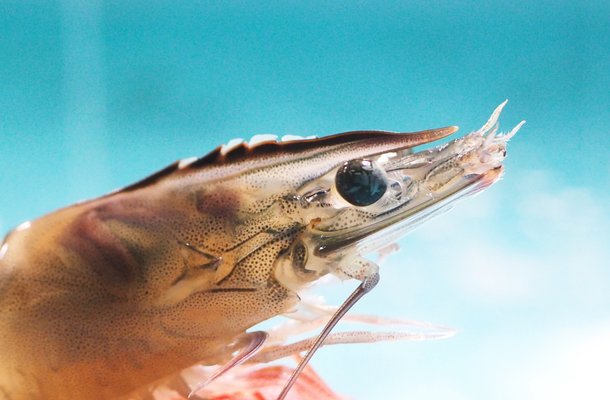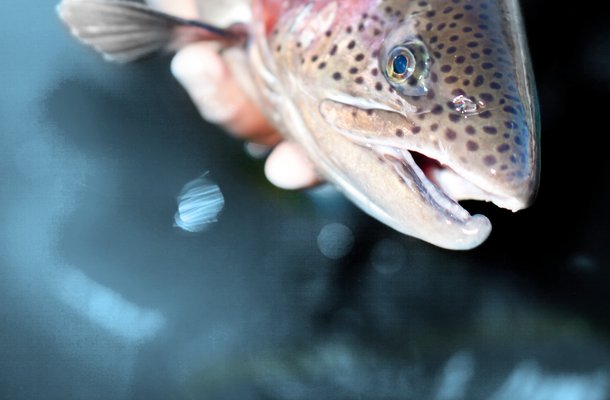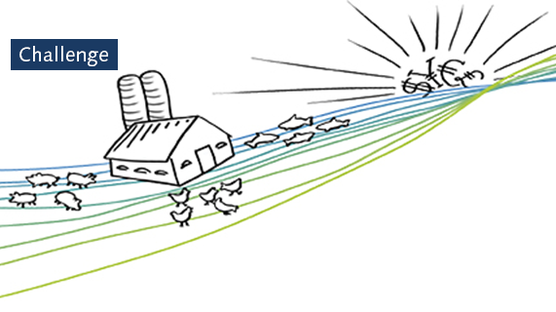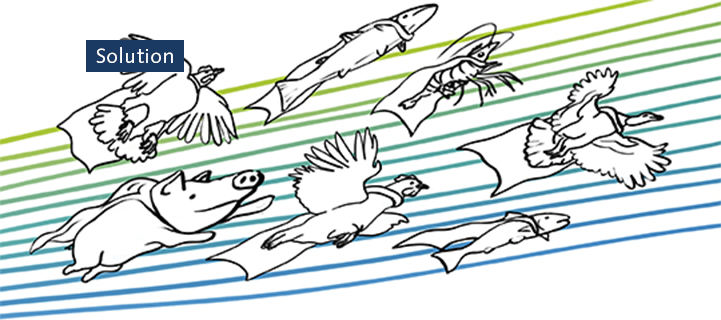
Published on May 1, 2021
The massive impact of high quality genetics
Genetics have a tremendous impact on a sustainable outcome while addressing the global food challenge and setting new standards for sustainable animal breeding. Animal genetics have great potential to contribute to less waste in the food system. With healthy, efficient genetics in the value chain, every resource can be utilized to produce sustainable animal protein. Let’s have a look at what we’ve already accomplished and what the future will bring us based on genetics.
Improving animal genetics has brought us all already so much. To pick just one example: The average laying hen in 1960 laid 230 eggs in her lifetime (around 60 weeks). Nowadays a laying hen around the world lays on average 350 eggs per lifetime. Top producers with laying hens from Hendrix Genetics are now reaching 500 eggs per lifetime (which is just above 100 weeks). Imagine if all laying hens around the world today would lay 500 eggs instead of 350. As the saying goes, “an egg a day, keeps the doctor away” With the help of the same laying hens... 150 more people could keep the doctor away.
More eggs with the same number of animals means we can feed more people while reducing the amount of strain on the environment. With strong, healthy and thriving animals, we can feed more people than we do today. Besides that, in our program we do not see a limit to animal performance yet. Each day that a chicken is healthy, producing quality protein and doesn’t show signals of stress is, according to us, progress. With proper care, environment, feed and good management we can support the global food challenge and feed the world, while setting new standards.
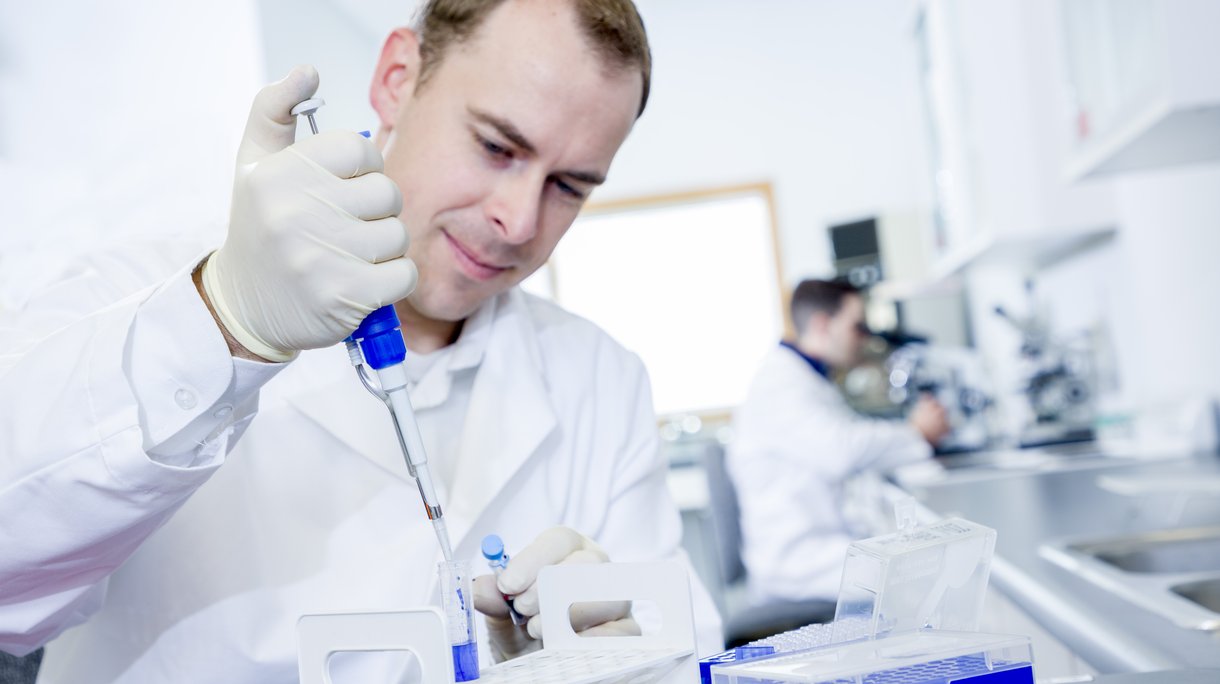
Results of balanced breeding
Pigs show another fine example. While some sows are being bred to birth as many piglets as possible, we believe balance is a more sustainable route. Multiple factors are examined when making breeding decisions, including the lifespan of a sow, the health of her piglets and their ability to adapt to various environments. We believe we can create maximum capacity by breeding for more than just one more piglet. The uterus of a sow has a limit. Her teats also play a big role in weaning piglets successfully on her own.
The natural picking order and circumstances play a huge role in the survival of pigs. Things that are intertwined. With balanced breeding, we make sure that a sow has enough teats and milk to wean her piglets. We ensure she is able to carry and take care of multiple litters in her lifetime safely. And with uniform piglets from birth to slaughter, we make sure they have the best chance of survival and a happy lifetime together, without too much intervention from people. All of these goals work towards better efficiency and less waste in producing the same amount of animal protein.
In poultry, such as turkeys, laying hens, and traditional poultry, our focus on livability contributes to a more effective food system. For example, we select for good leg strength in our turkey breeding program as it contributes to better animal welfare and strong livability in commercial environments. We are currently studying the use of accelerometers to identify and select turkeys with good walking ability. Additionally, to improve hatchability, which contributes to the bottom line and reduces waste in production, we are currently studying the use of genomic selection to identify and remove lethal markers in the turkey genetic line. We’ve recently added more markers to our most recent SNP chip for more accurate selection.
Efficiencies in our shared species
Our aquaculture business unit stands on three species: Salmon, Trout and Shrimps. They are 3 completely different species, but best practices can be shared within our multi-species genetic engine. Standard operating procedures, breeding program hacks, innovations and technology can be shared easily. While salmon is a matured and consolidated market, the trout and shrimp industry can benefit from the maturity of salmon. Trout is outstanding in the hatching guarantee they provide. And our shrimp locations have a crisp and clear environment, and the shrimp industry itself has huge potential for growth, which contributes to the other branches. Combining information between the three divisions allows for better efficiency and better use of resources.
The synergy of a family-owned multi-species breeding company provides us the upper hand. Join our network and help feed the world with a higher output with a similar or lower input.
Find out what we are doing in your species of choice
You've read a solution article. Interested in the opportunity or challenge?
Do you want to explore all articles?

